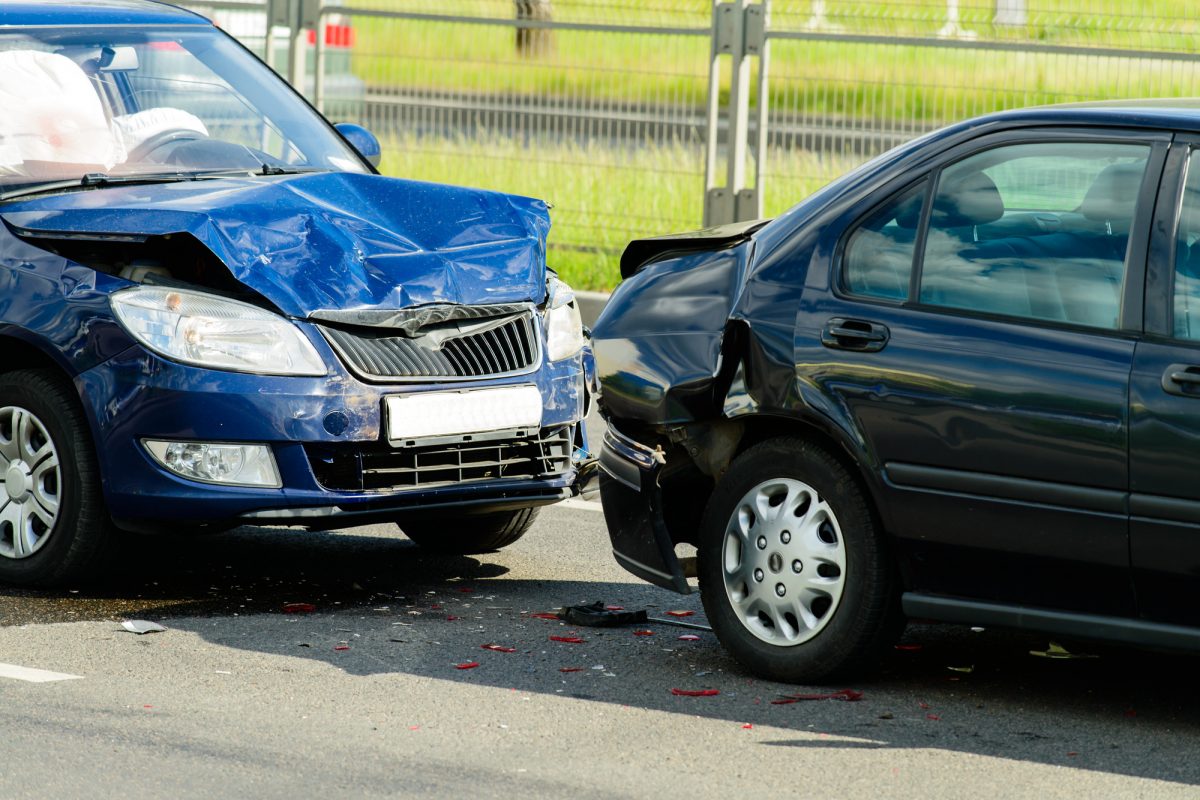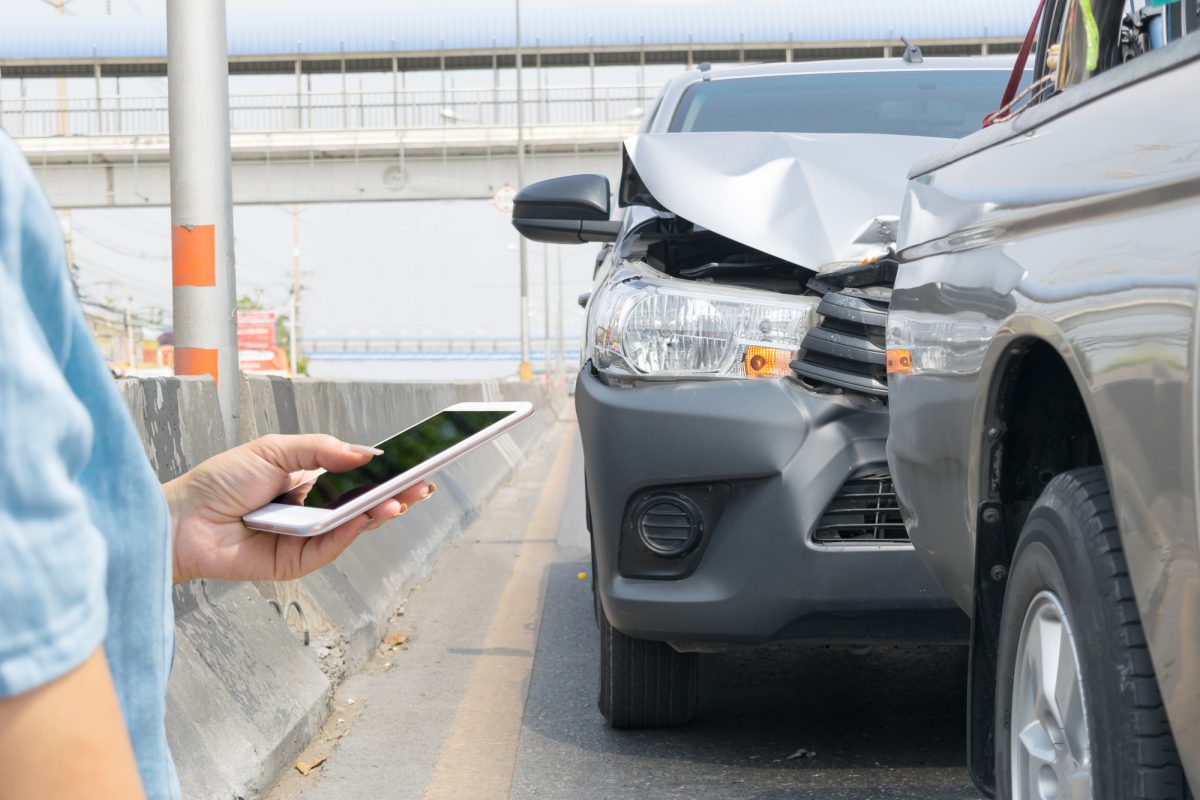
If you’ve ever been involved in a car accident, you know how stressful, overwhelming, and potentially traumatizing it can be. However, it’s important to keep your wits about you and take the appropriate steps to make your life easier.
Not only will these steps help keep everyone safe, but they’ll also help you file an insurance claim. In some cases, these steps will be vital for filing a lawsuit.
Keep reading for everything you need to know about what to do after a car accident.
1. Ensure Everyone’s Safety
Your first priority after being involved in a car accident is to make sure everyone at the scene is safe. This is especially important if you’re at a busy intersection or on a high-speed roadway. If possible, get the cars moved over to the shoulder of the road.
2. Call 911
Next on our car accident checklist is filing a car accident report. Call 911 to contact medical and law enforcement professionals. Tell the operator about any injuries, particularly serious or life-threatening injuries so the responders know what to expect.
3. Exchange Information With the Other Driver
Regardless of what happened or who’s at fault, you need to exchange information with the other driver. This is one of the most important steps in what to do after a car accident. Exchange the following information:
- Name and contact information
- Driver’s license number
- License plate number
- Insurance provider and policy number
If the driver flees the scene, there’s not much you can do. Try to remember the license plate number and the description of the vehicle (make, model, color, etc.).
4. Gather Evidence
Your next step is to collect evidence of the accident. This will be necessary for filing an insurance claim, corresponding with the police, or seeking legal representation.
First, take adequate car accident pictures of the inside and outside of both vehicles. You should also take pictures of the surrounding area, skid marks, damaged property, etc.
Additionally, get statements and contact information from witnesses. Finally, jot down your own recollection of the accident, as memories tend to fade quickly after traumatic experiences.
5. Contact Your Insurance Provider
If you’re wondering what to do after a car accident once the dust has settled, the next step is contacting your insurance provider. Let them know what happened and send them any car accident pictures you have. Additionally, if you were injured, let them know you’ll be seeking medical attention (if you haven’t already).
6. Get Checked Out by a Doctor
Though it may not feel necessary, one of the most important steps to take after a car accident is to get checked out by a medical professional. There are several common injuries associated with automobile accidents. Many of these may not show any symptoms until days afterward.
7. Consider Hiring an Attorney
Finally, depending on the circumstances of your accident, you may decide to hire a car accident attorney. They can be essential for getting compensation if you get hit by someone without insurance, suffer severe injuries, are forced to take time off work, etc. Schedule a consultation with an attorney to find out your best course of action.
Looking for More Advice on What to Do After a Car Accident?
Learning what to do after a car accident is important for countless reasons, as you can see. However, you also need to figure out what to do with your vehicle.
Come by our shop so we can assess the damages and talk about getting your car back on the road. Otherwise, feel free to contact us today to get an estimate or ask any questions.

